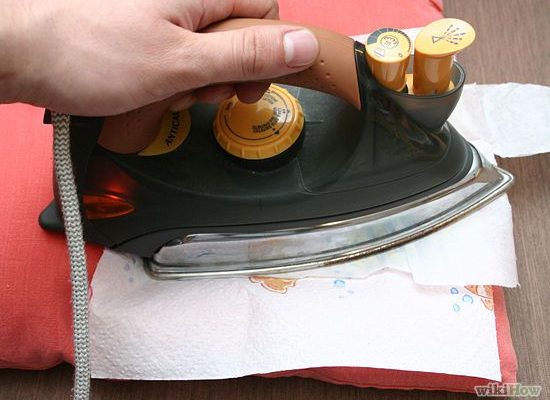4 Ways to Set Up a Guitar

A well-set-up guitar is essential for comfortable playing and great sound quality. If you want your guitar to perform at its best, proper setting up is fundamental. There are multiple ways to set up a guitar, and this article will explore four popular methods: adjusting the truss rod, setting the action, intonating the instrument, and changing strings.
1. Adjusting the Truss Rod
The truss rod is a metal bar that runs through the neck, preventing it from bending under string tension. Adjusting the truss rod can help get your guitar’s neck as straight as possible for smooth playability. Here’s how:
– First, assess your guitar’s neck by sighting down its edge.
– If it’s bowed forward, tighten the truss rod by turning the adjustment nut clockwise.
– If it’s bowed backward, loosen the truss rod by turning the adjustment nut counterclockwise.
It’s important to make small adjustments and check your progress regularly to avoid damaging your guitar.
2. Setting Action
Action refers to the distance between the strings and fretboard. The appropriate action varies between individual players and styles, but in general, a lower action translates to easier playability while a higher one reduces fret buzz. Here’s how to set your guitar’s action:
– Loosen strings to reduce tension.
– For electric guitars, use an Allen wrench to raise or lower the bridge saddles.
– For acoustic guitars, adjust action by sanding down or shimming up the saddle.
– Retune your guitar and test playability.
Remember: always take your time and make small increments.
3. Intonating Your Guitar
A well-intonated guitar ensures that it sounds in tune across all frets. Adjusting intonation involves moving your guitar’s saddles so that each string is accurately in tune. Here’s how:
– Tune your guitar using a reliable tuner.
– Play a harmonic note at the 12th fret and compare it with the fretted note of the same string at the 12th fret.
– If the fretted note is sharp, move the saddle away from the neck.
– If the fretted note is flat, move the saddle toward the neck.
Repeat these steps for all strings until your guitar is perfectly intonated.
4. Changing Strings
Old or worn-out strings can affect your guitar’s tone and playability. It’s essential to change strings regularly to maintain optimal sound quality. Here’s how:
– Remove the old strings one by one, being careful not to scratch your guitar.
– Thread new strings through the bridge and tuners, following manufacturer recommendations.
– Pull each string taut and wind it around the tuning pegs while maintaining tension.
– Gradually tune up to pitch, stretching each string gently to ensure stability.
Regularly changing strings can help you achieve consistent performance and sound quality.
In conclusion, setting up a guitar can make all the difference in playability, comfort, and sound quality. By following these four simple steps – adjusting your truss rod, setting action, intonating your instrument, and changing strings – you’ll have a perfectly set up guitar that’ll perform at its best for years to come.






